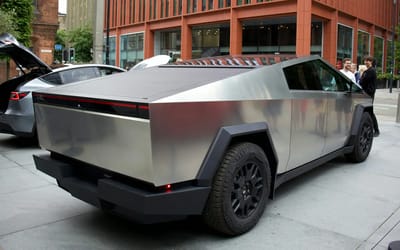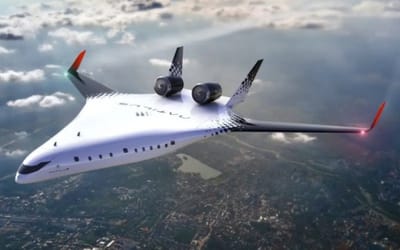Airbus developing supersonic plane so fast you’ll blink and your journey is over
- Airbus is developing a supersonic aircraft
- The patent documents describe it as an ‘ultra-rapid’ jet
- It’s capable of traveling up to about 4.5 times the speed of sound
Published on Feb 21, 2024 at 4:00 PM (UTC+4)
by Amelia Jean Hershman-Jones
Last updated on Feb 21, 2024 at 9:23 PM (UTC+4)
Edited by
Alessandro Renesis
If you thought commercial air travel was a thing of the past, get this: Airbus is developing a supersonic aircraft.
According to the patent documents, the Airbus being created is an ‘ultra-rapid’ jet.
Its design makes it capable of traveling up to 4.5 times the speed of sound.
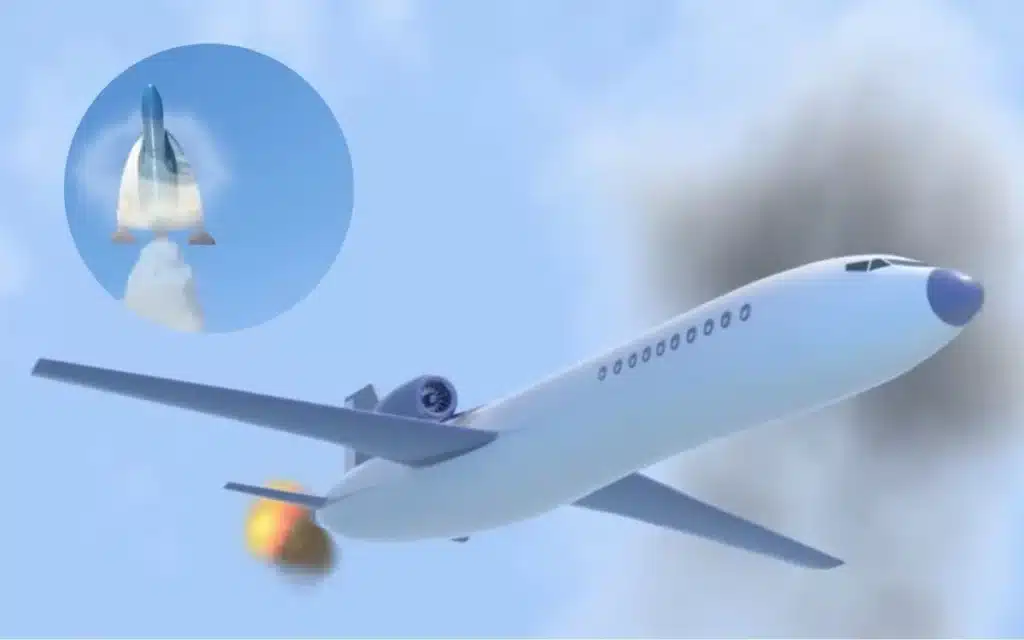
READ MORE! Video shows inside commercial plane that accidentally flew faster than the speed of sound
To put that into context, it’s fast enough to get from London to New York in just one hour.
Or from Paris, France, to San Francisco in less than 3 hours.
Two decades since Concorde made its final flight, and this isn’t the only supersonic commercial plane in the works.
This Chinese aerospace company created a winged rocket concept that can fly from New York to Beijing in just one hour.
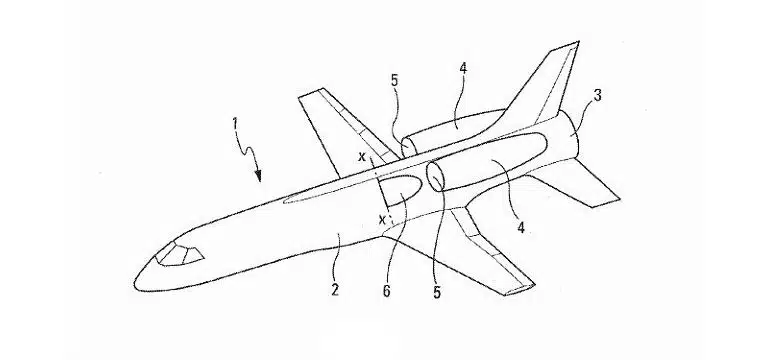
What’s more, the Overture from Boom Supersonic will be the fastest jet in the world.
Ever the innovator, NASA have also entered the race with the ‘quiet’ X-59.
And breaking the sound barrier isn’t always intentional.
This commercial plane accidentally hits supersonic speeds over the Atlantic at the weekend.
It was all down to near record-breaking wind over the mid-Atlantic region.
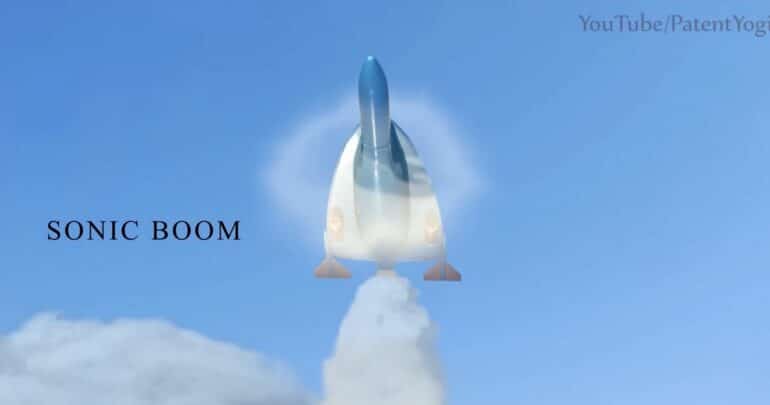
Back to the Airbus, and the patent describes the supersonic craft as “an air vehicle including a fuselage, a gothic delta wing positioned either side of the fuselage, and a system of motors able to propel the air vehicle.”
Side note: the Concorde also featured a delta wing design.
It was powered by four Rolls-Royce Olympus turbojet engines with variable engine intake ramps and reheat for take-off and acceleration to supersonic speed.
The biggest issue faced was the destructive sonic boom caused as it broke the sound barrier.
According to National Geographic, supersonic flights over land have been banned by the US Federal Aviation Administration since 1973, due to the noise disruptions that sonic booms can cause.

This conceptual Airbus design mitigates this problem.
The unique design, propulsion systems, and its unusual flight path mean this wouldn’t be an issue.
It’s powered by three different types of engines that work in sequential order.
A pair of traditional jet engines at the bottom of the fuselage power the aircraft during taking off and landing.
These retract into the fuselage to reduce drag once the Airbus is in the air.
From there a pair of rocket engines take over from the back of the Airbus.
In fact, the supersonic jet would actually travel upwards vertically like a rocket until it reaches an altitude of 100,000 feet.
That’s almost at the Kármán line – the boundary between Earth and space.
At cruising altitude the rocket motors shut down and also retract.
Then a pair of wing-mounted ramjets kick in and propel the aircraft to its top speed.
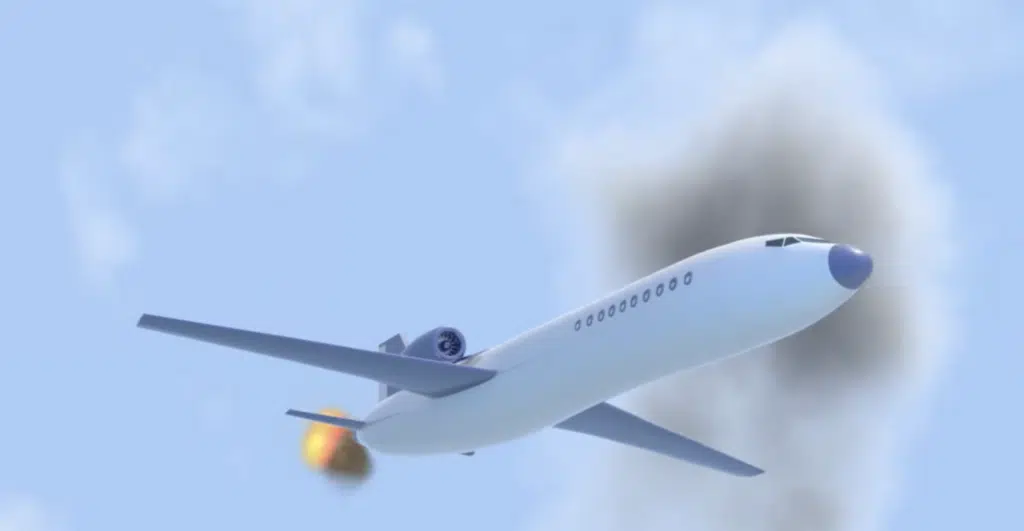
The maximum speed is Mach 4.5 (about 5,557 km/h / 3,453 mph) – twice that of Concorde.
Its innovative delta-shaped winglets can change and rotate around its central axis to accomodate its unprecedented speeds and flight path.
The aim is to limit its sonic boom.
The patent application reveals that the aircraft in a civil application is designed to carry up to 20 passengers and features unique hammock-esque seats.
A military iteration of the Airbus has also been proposed.
It would be a reconnaissance plane like the SR71 Blackbird.
While the patent was filed over eight years ago, watch this space to see whether the Airbus vision of supersonic travel will be taking off soon.
DISCOVER SBX CARS: The global premium car auction platform powered by Supercar Blondie

All Supercar Blondie contributors undergo editorial review and fact-checking to ensure accuracy and authority in automotive journalism. After gaining her BA Hons in French and English at the University of Nottingham, Amelia embarked on a vocational diploma from the National Council for the Training of Journalists (NCTJ). This led to numerous opportunities, from interning at Vogue to being on the small team that launched Women’s Health magazine in the UK, which was named the PPA Consumer magazine of the year for three years running. As Health, Beauty and Fitness editor, Amelia personally received a Johnson & Johnson Award and was shortlisted for both PPA and BSME titles. Since then, Amelia has created content for numerous titles and brands, including the Telegraph, 111 Skin, Waitrose, Red magazine, Stylist, and Elle, as well as being Head of Content at Vitality and Editor in Chief at INLondon magazine. “My superpower is translating technical jargon about the mechanical workings of a supercar into a relatable story you’ll want to share with your friends after you’ve read it.” After joining the SB Media family as a senior journalist in September of 2023, Amelia’s role has evolved to see her heading up the SEO output of the editorial team. From researching the most ‘Google-able’ key terms to producing evergreen content - it’s been a time of hard work, growth, and success for the editorial team and the Supercar Blondie website. “I like to think of myself as a ‘method journalist’. In other words: I live and breathe whatever I am writing about. When writing about fitness, I trained as a personal trainer, and as a beauty editor, I completed an ‘expert’ in scent diploma with the Fragrance Foundation. “During my tenure at Supercar Blondie, however, I did something I never thought possible: I passed my driving test at the age of 36. One day I’d love to train as a mechanic to better understand what happens under the hood, too. “My sweet spot is providing readers with a ‘takeaway’ (read: something new they didn’t know before) after reading every one of my stories. While I don’t claim to be an expert in the automotive world, I know the experts and bodies in the field to rely on to provide our readers with an informative and thought-provoking story every time they visit the site.”
